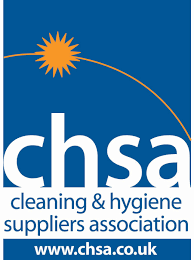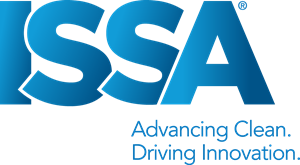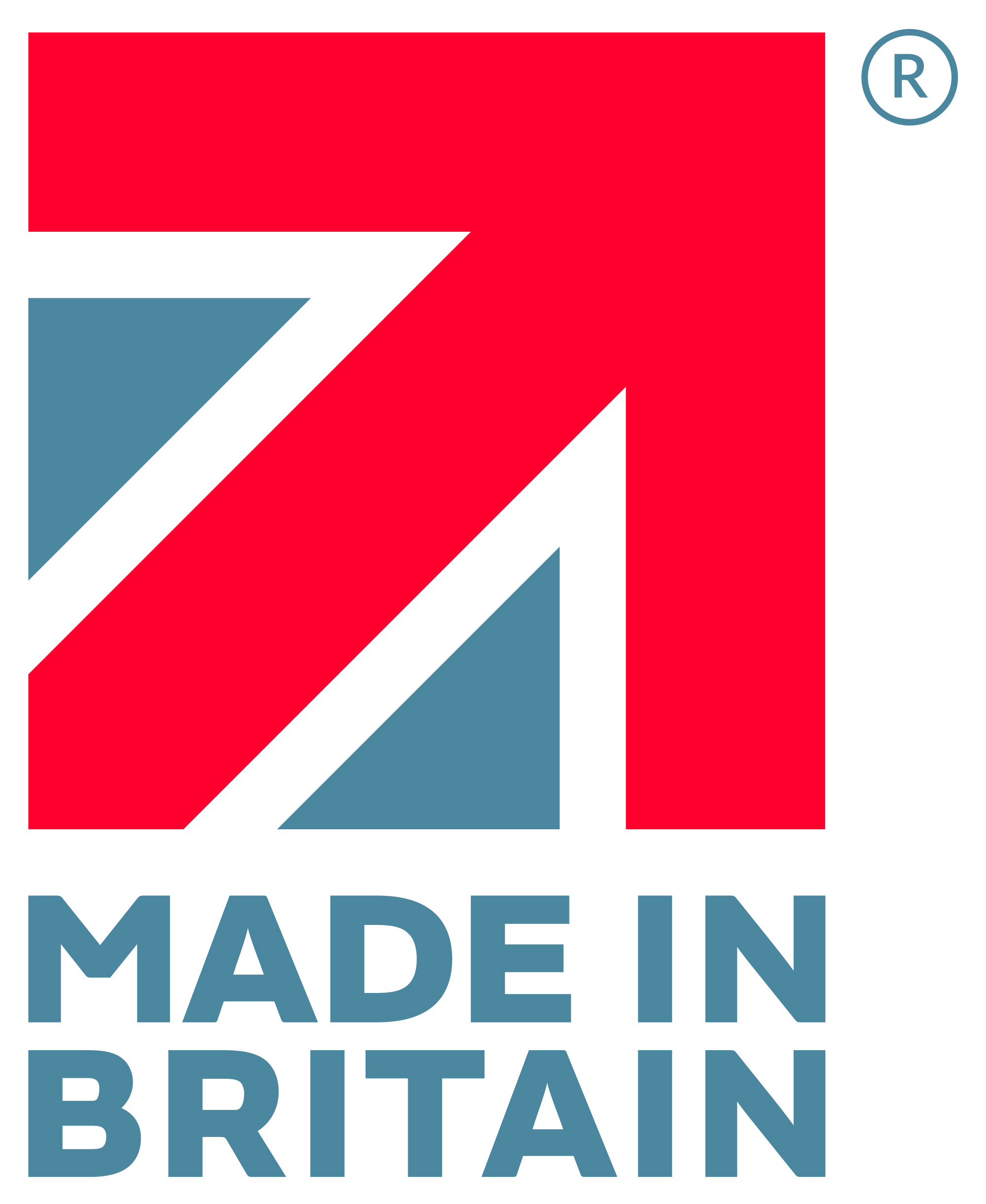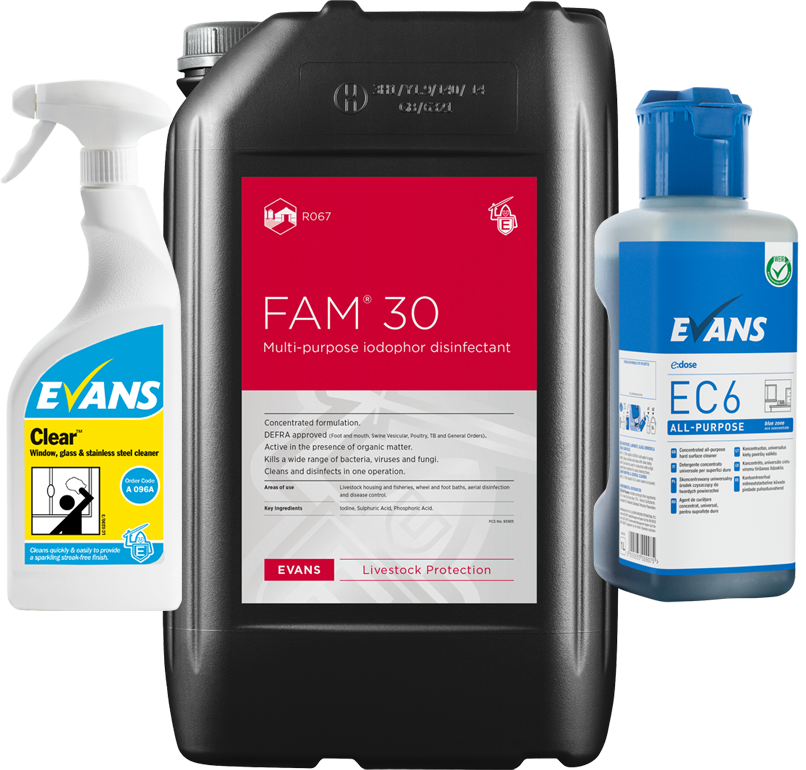18 August 2015
European Test Methods in the catering and food industry
In the catering and food industry, where hygiene is very important, and with strict guidelines in place, it is vital that the cleaning products you use meet all the necessary standards. Choosing the right product needs careful consideration, not only for the task involved but also for the level of disinfection that is required in your environment.
Food preparation surfaces and equipment which come into contact with food may be contaminated with several different types of bacteria. A good, effective, disinfectant is required to kill a wide range of bacteria on a surface, not just those known to be responsible for food poisoning.
There are many disinfectants (also often referred to as sanitisers) claiming they will kill 99.9% of bacteria. Although this sounds extremely efficient, it does not prove that a product is an effective disinfectant.
In order to demonstrate effectiveness, disinfectants should be tested using European Standard Test Methods. One of the most common test methods for food areas, and the one which we are asked about most often, is EN 1276. The full title for this method is ‘Chemical disinfectants and antiseptics - Quantitative suspension test for the evaluation of bactericidal activity of chemical disinfectants and antiseptics used in food, industrial, domestic and institutional areas’. In order to pass EN 1276 the product must achieve a 5 log reduction in test bacteria (E.coli, Enterococcus hirae, Pseudomonas aeruginosa and Staphylococcus aureus) at its specified dilution. This means that a ready to use solution of the product must kill 99.999% of bacteria in 5 minutes at 20°C.
The presence of bacteria does not automatically lead to infection, the vulnerability of the person and the infectious dose (number of bacteria required to cause an infection) are vitally important. Susceptible individuals such as the very young, elderly and sick are more at risk from an opportunistic infection. Some bacteria will cause an infection with less than 100 cells ingested or introduced into cuts or wounds, therefore the difference between 99.9% and 99.999% can be significant. For example a surface with 1,000,000 bacteria treated with a product that kills 99.9% of bacteria would still have 1000 bacteria remaining. If the surface was treated with a product that kills 99.999% of bacteria only 10 would remain.
Add to this the rate at which bacteria can grow and the need to reduce harmful bacteria to the lowest number possible becomes even more critical. Bacterial growth rates vary depending on the surface, type and degree of soiling, temperature and presence of water. E.coli (under ideal conditions) multiplies in 15 minutes. This could mean that 1,000 bacteria would increase to 2,000 after 15 minutes, after 30 minutes it would be 4,000 and after one hour 16,000 and 256,000 after 2 hours. 10 bacteria would only have multiplied to 2,560 in the same 2 hours.
If conditions are less than ideal, e.g. lowering the temperature, or drying the surface, the growth rate slows down. This is why Evans Vanodine tests its disinfectants under a variety of conditions, to mimic how products will be typically used.
Evans EST-EEM™ passes EN 1276 under dirty conditions at a dilution rate of 1:25 in 30 seconds at 20ºC and in 5 minutes at 5ºC and 10ºC.
Evans EC4 SANITISER will pass EN 1276 under dirty conditions at 1:60 in 30 seconds or at 1:100 in 5 minutes.
A short contact time, such as 30 seconds, is typical of how a single stage sanitiser would be used and, as both products are unperfumed, they are an ideal choice for use in the food and catering industry.
A comprehensive cleaning programme is essential within the food industry. Cleaning procedures, hygiene planning and good staff training methods are very important but are incomplete without the use of products such as EST-EEM™ and EC4 SANITISER to help protect, not just your customers, but your business’s reputation.












